Does existence have meaning? Does evolution have a purpose? And does your life have any Cosmic significance?
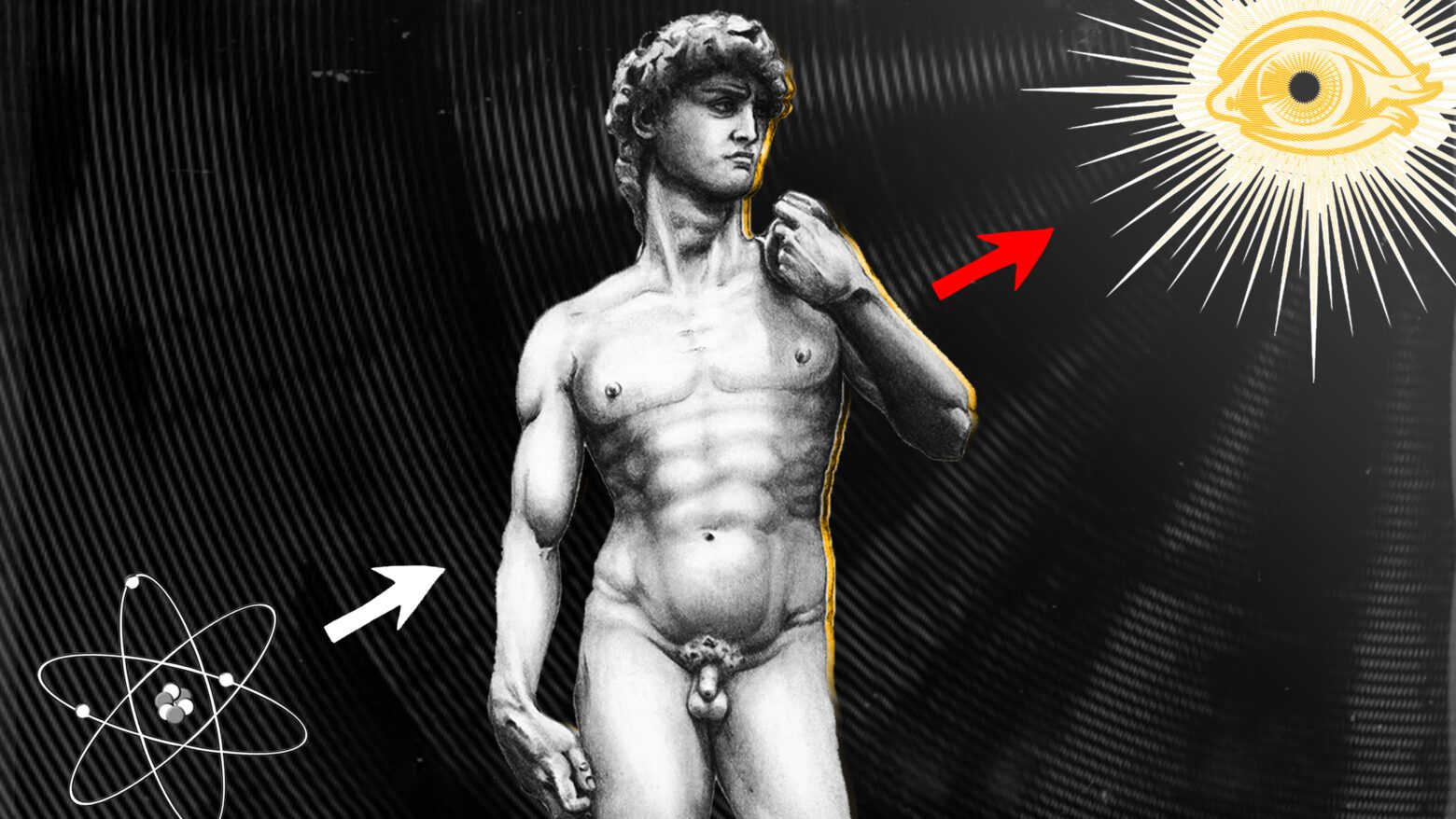

Does existence have meaning? Does evolution have a purpose? And does your life have any Cosmic significance?
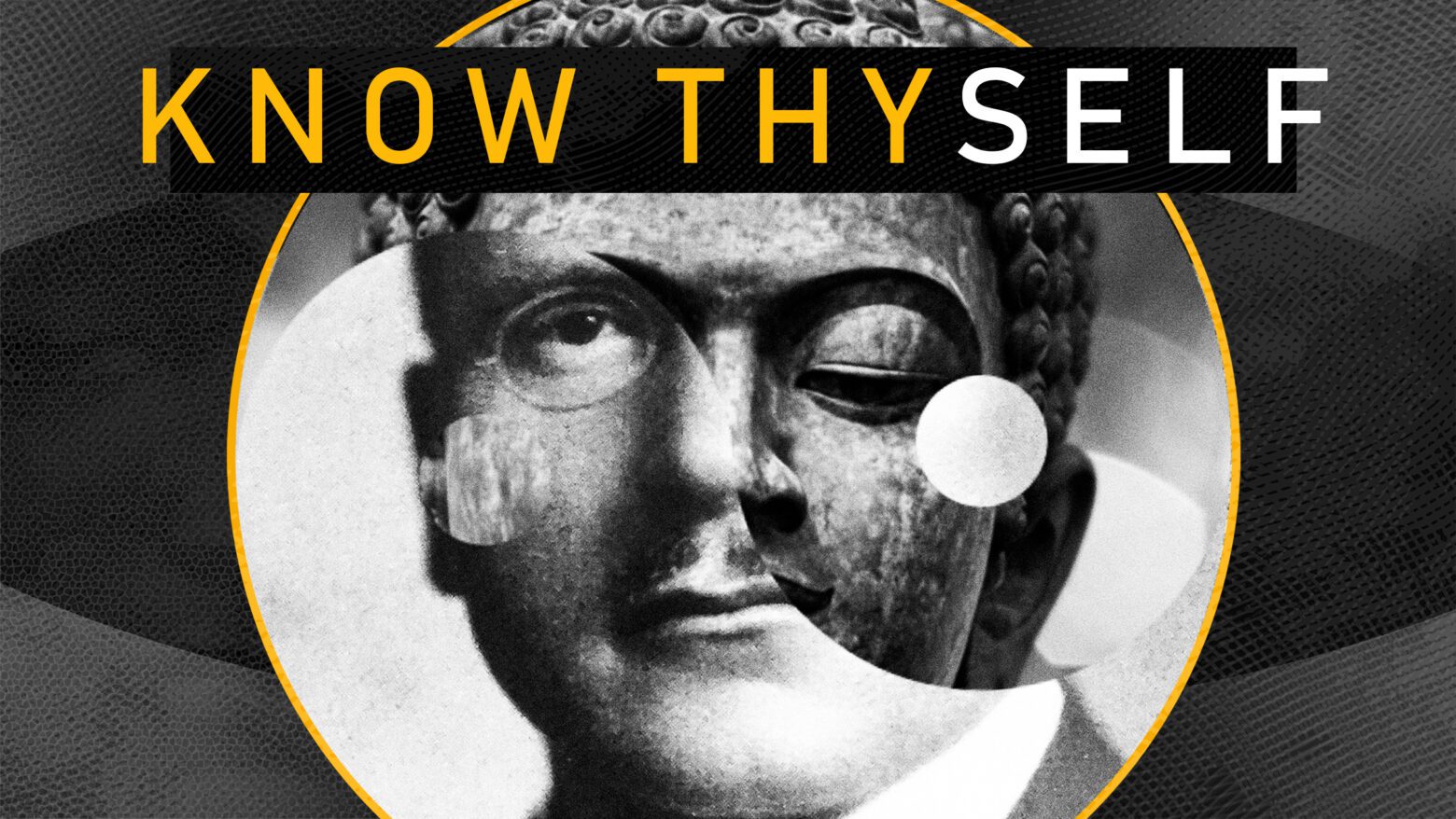
Jung’s Self archetype and Buddha’s non-self teaching are two of the most profound formulations of our true nature. But can they work together?
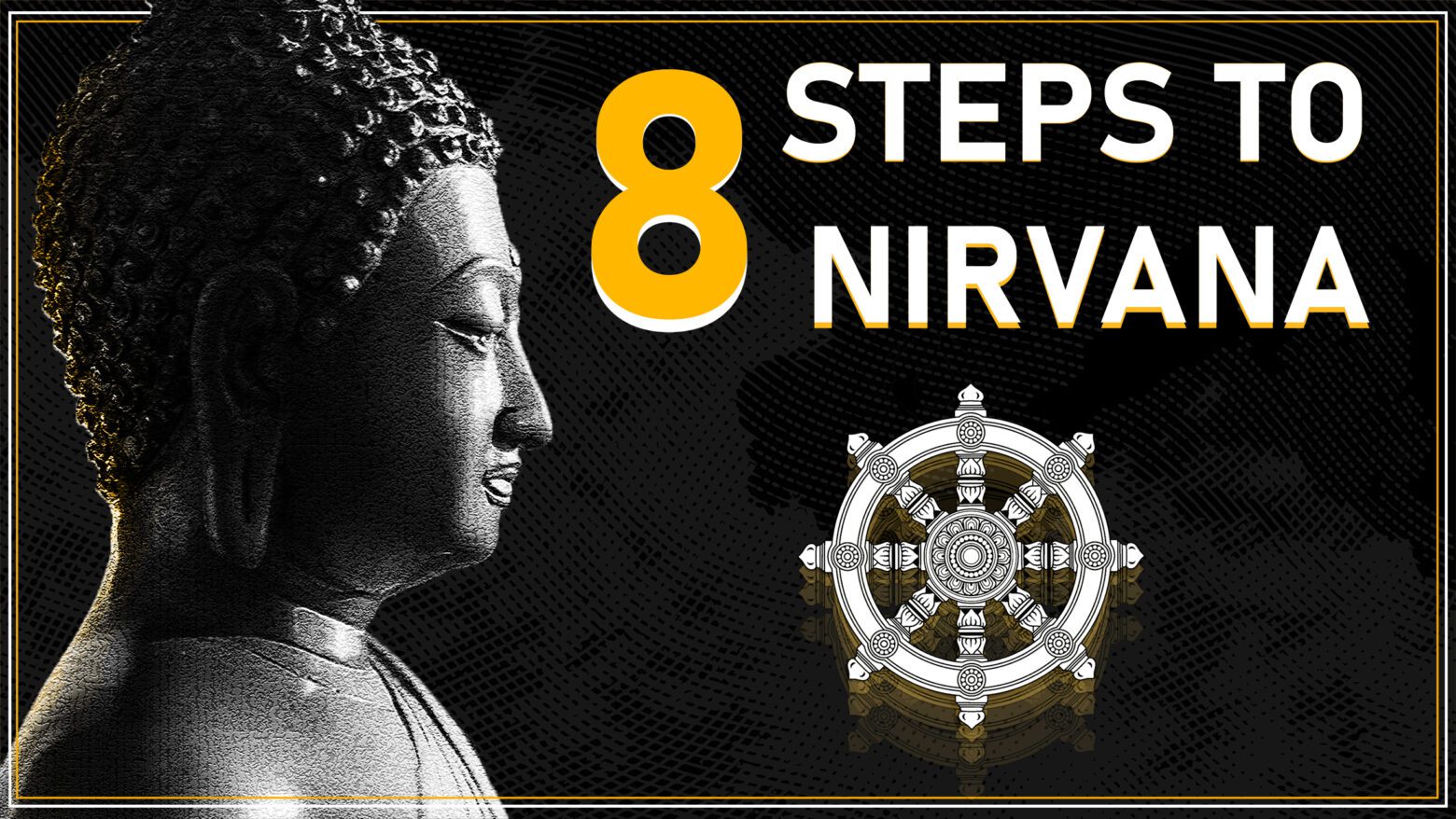
The Noble Eightfold Path of Buddhism is, simply put, the path to nirvāṇa. It is the teaching put into practice. To walk this path all the way is to reach awakening and liberation.
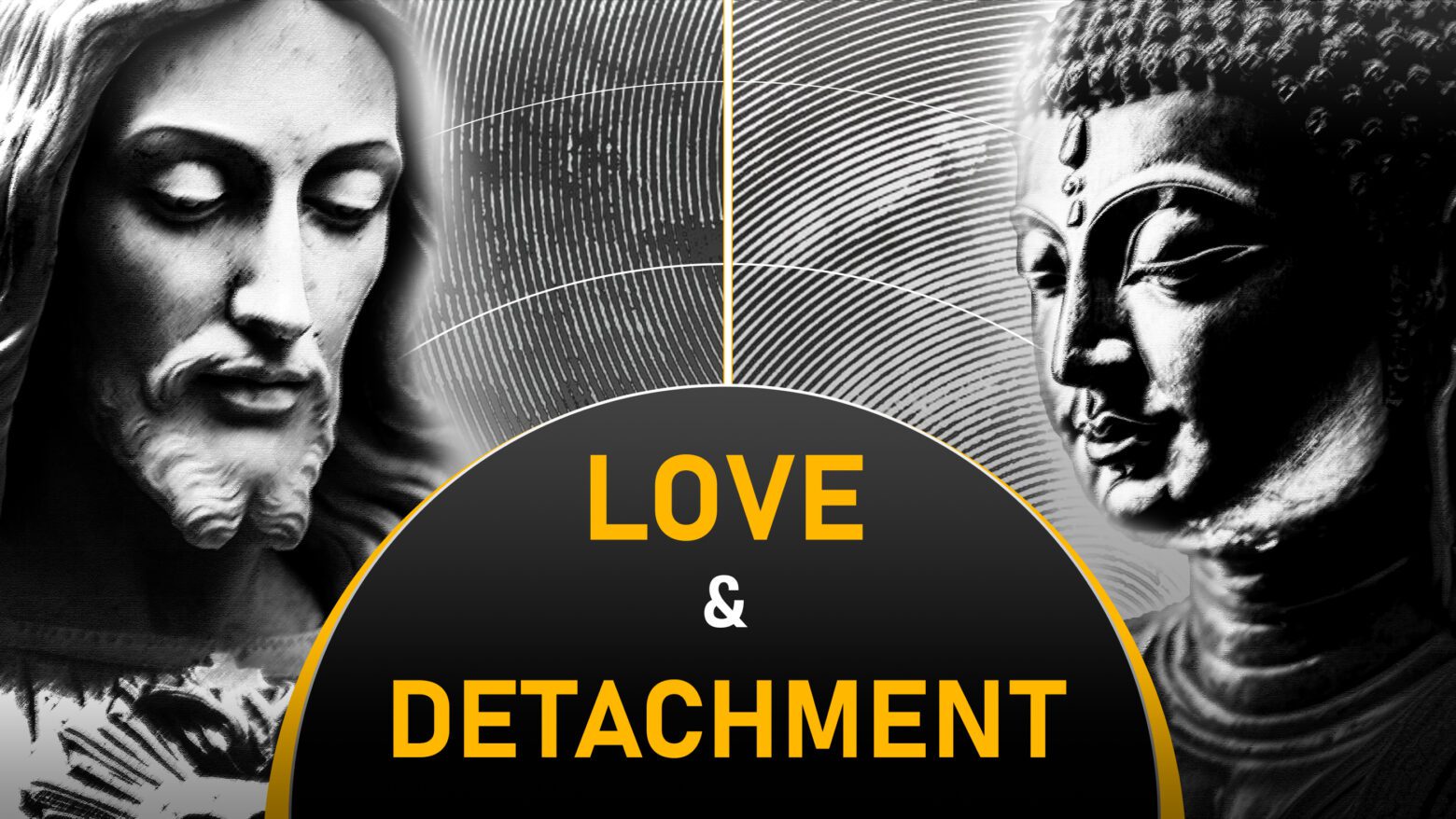
The Buddha leads us to detachment – Christ leads us to love. Are these two teachings in conflict? And what do love and detachment even mean?
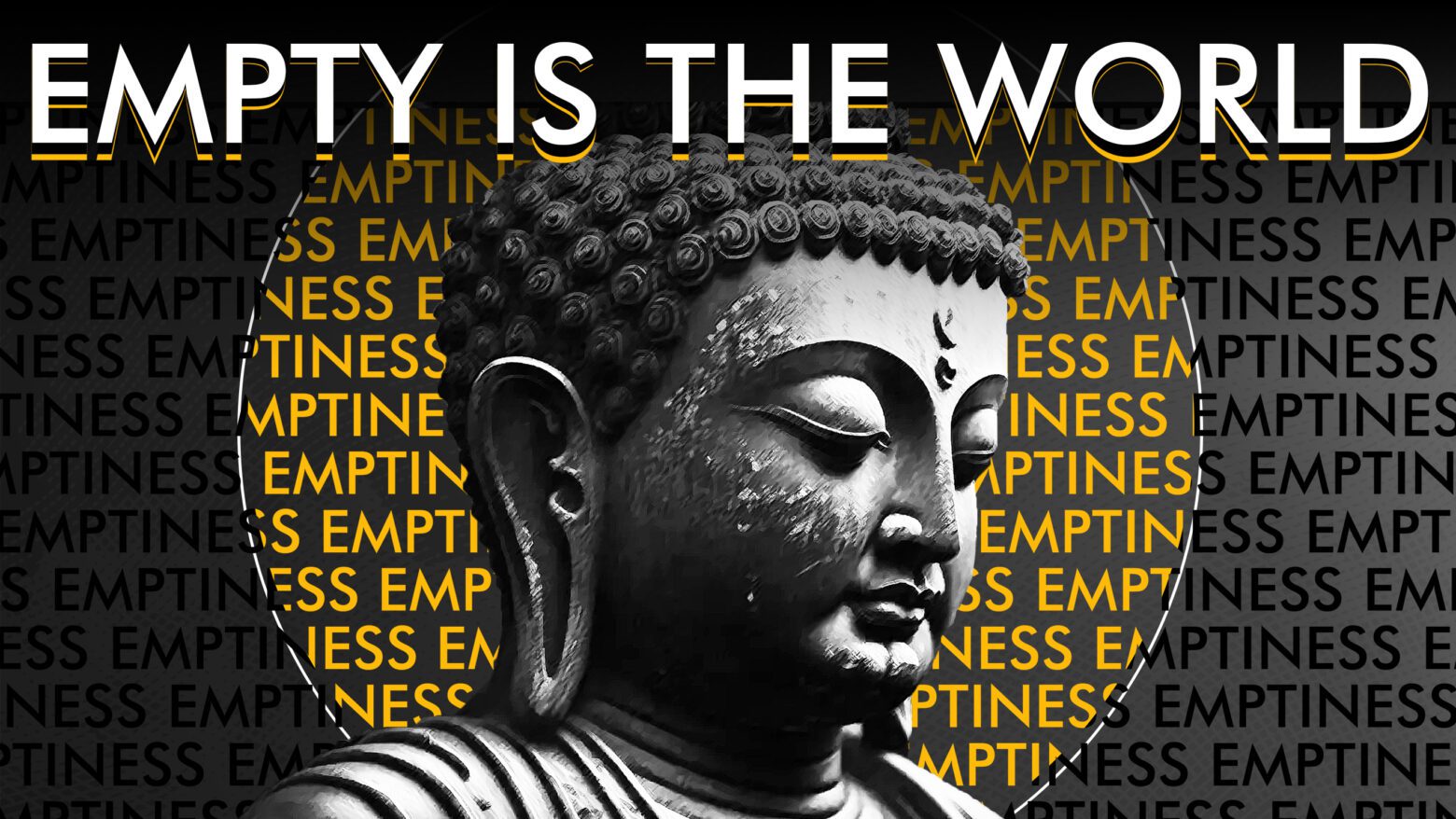
Emptiness (śūnyatā / shunyata in Sanskrit) is the deepest, most life-changing, and most misunderstood Buddhist teachings. Learn its 5 meanings here.
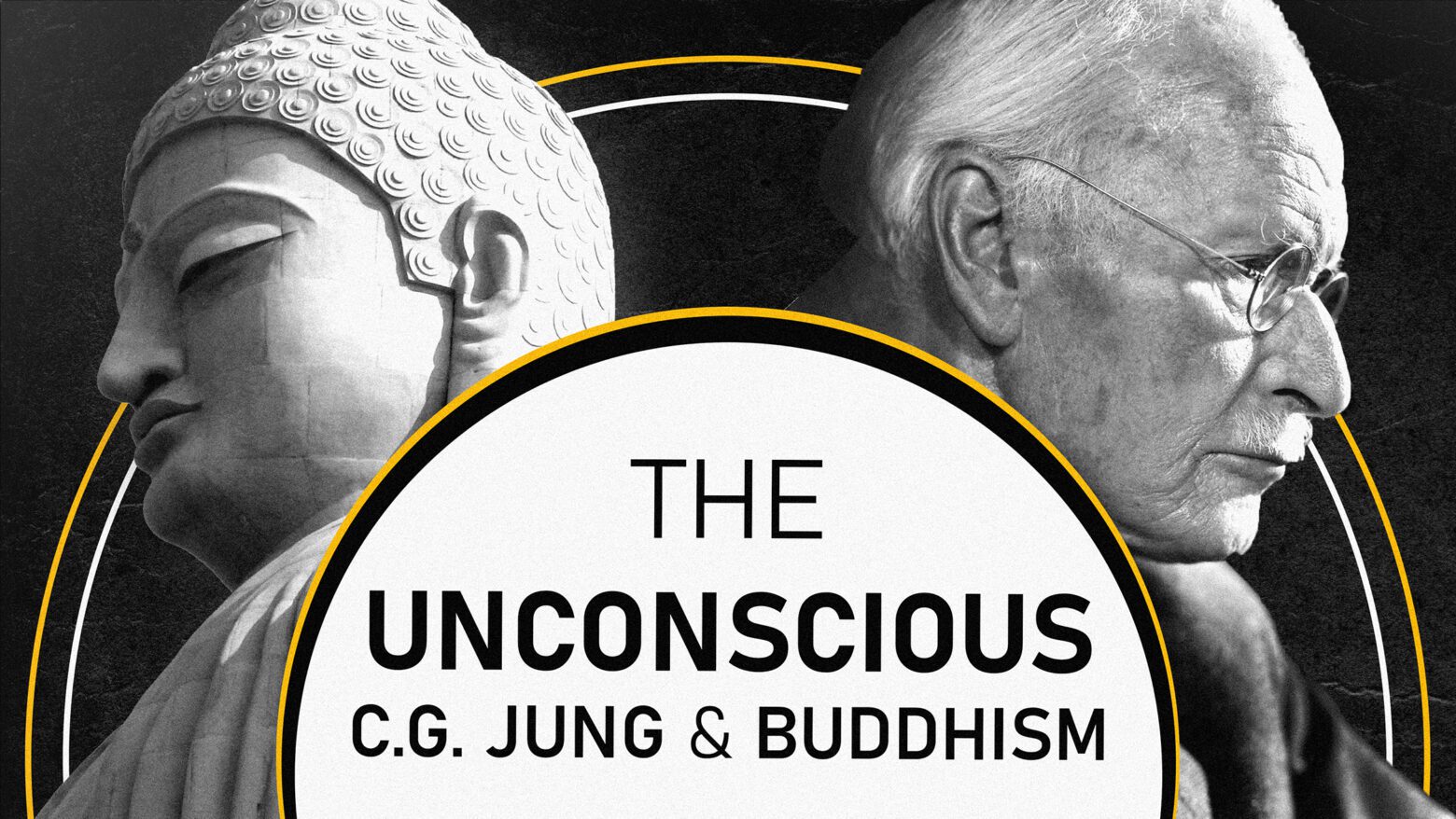
Jungian psychology and the Yogācāra school of Buddhism both investigated the depths of the human psyche. Both proposed the existence of a hidden layer beneath our everyday conscious mind…
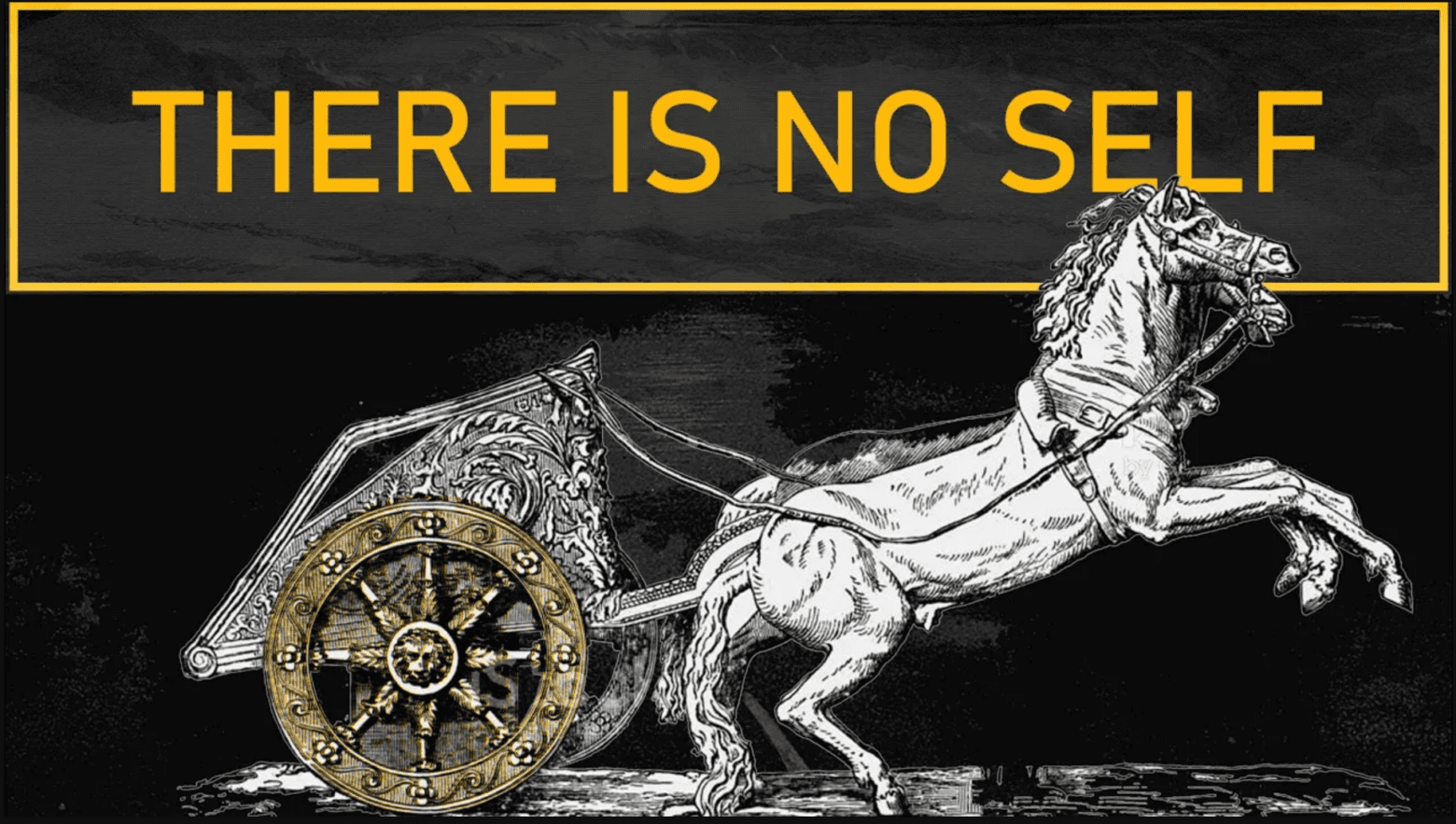
Who are you? What is your self? What is that which you call ‘I’ and who are ‘you’ to call it that? Inquiry into the nature of the self is at the core of the Buddha’s teaching – and it is the key to the Buddhist liberation from suffering. Here we explore an iconic Buddhist story about the (non-)self.
